Camarón de la Isla, in the sun-soaked streets of San Fernando, Cadiz, a young José Monje Cruz, later to be known as Camarón de la Isla, absorbed the rich tapestry of flamenco that surrounded him. Born on December 5, 1950, into a family deeply rooted in Andalusian gypsy culture, Camarón’s journey into the world of flamenco began under the watchful eye of his uncle, José Monje “El Borrico,” a respected flamenco singer.
An Apprenticeship in Flamenco Mastery
Under El Borrico’s tutelage, Camarón’s innate talent blossomed. He embraced the nuances of flamenco cante, or singing, as if it were the very air he breathed. The communal gatherings, the impassioned strumming of guitars, and the soul-stirring vocals that echoed through the narrow alleys of San Fernando became the foundation upon which Camarón’s legendary career would be built.
Paco de Lucía: A Pivotal Partnership
Camarón’s artistic trajectory shifted dramatically in the late 1960s when he caught the ear of flamenco guitarist Paco de Lucía. This encounter marked the inception of a transformative partnership that would redefine flamenco. Together, they pioneered a new style known as “Nuevo Flamenco,” blending traditional flamenco with elements of jazz, rock, and other genres.
“La Leyenda del Tiempo”: A Watershed Moment
The zenith of Camarón’s career arrived with the release of “La Leyenda del Tiempo” in 1979. Produced by Paco de Lucía and featuring lyrics by the iconic poet Federico García Lorca, the album was a seismic shift in the flamenco landscape. Their collaboration, enriched by the guitar virtuosity of Tomatito, birthed a fusion that both purists and a new generation of listeners embraced.
Resistance and Resonance: A Flamenco Revolution
The departure from traditional flamenco in “La Leyenda del Tiempo” met resistance from purists who viewed it as a divergence from the genre’s roots. Yet, Camarón’s fearless exploration of new musical territories proved transformative. The album not only earned critical acclaim but also brought flamenco to a broader audience, transcending cultural and linguistic barriers.
Camarón’s Artistry on Stage: A Transcendent Experience
Live performances became the crucible where Camarón’s artistry reached its zenith. The synergy between his impassioned vocals and Paco de Lucía’s masterful guitar playing created an electrifying experience. Audiences, both seasoned flamenco enthusiasts and novices, were spellbound by the intensity and authenticity that emanated from every note.
Legacy Amidst Tragedy: A Premature Farewell
Tragically, the flame that burned so brightly began to flicker prematurely. In 1992, at the age of 41, Camarón de la Isla succumbed to lung cancer, leaving behind a legacy that would forever influence the world of flamenco. His untimely departure shook the foundations of flamenco, but his impact continued to reverberate through the work of those he had inspired.
Beyond Boundaries: Camarón’s Enduring Influence
Camarón’s influence extended beyond the confines of flamenco, permeating the broader musical landscape. His collaborations with artists like Carlos Santana and Paco de Lucía showcased the universal appeal of his artistry. His willingness to break with tradition laid the groundwork for future generations exploring the fusion of flamenco with jazz, blues, and world music.
Homage to a Legend: Peña Flamenca Camarón de la Isla
The city of San Fernando honors its illustrious son with the Peña Flamenca Camarón de la Isla, a cultural association dedicated to preserving and promoting flamenco. The legacy lives on not only in the music but also in the hearts of those who recognize the profound impact of Camarón’s contributions to the cultural heritage of Spain.
Eternal Flame: Camarón’s Lasting Impact
Camarón de la Isla was more than a flamenco singer; he was a trailblazer, a visionary who dared to challenge the conventions of his art form. His voice, a haunting echo of Andalusian passion, continues to reverberate through the corridors of flamenco, reminding us that true artistry knows no boundaries. In the world of flamenco, Camarón de la Isla remains an eternal flame, forever illuminating the path for those who follow in his footsteps.
.- Youtube Feature Video: Soy Gitano Link here.


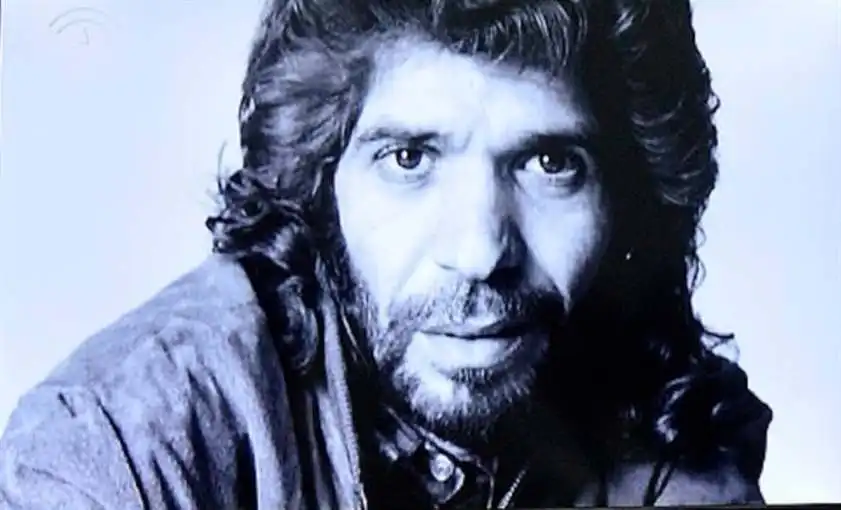
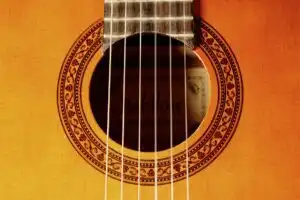
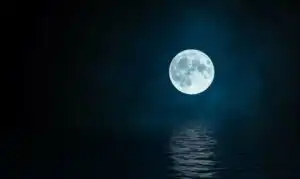
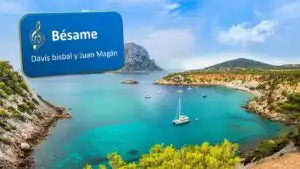


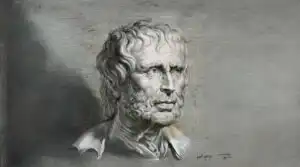


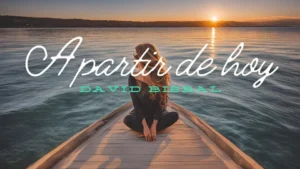
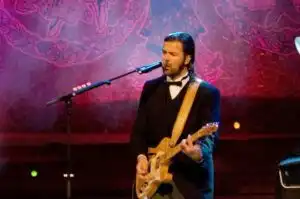
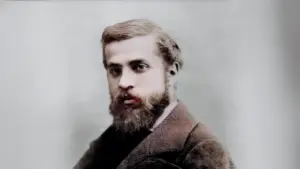
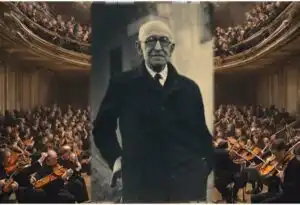
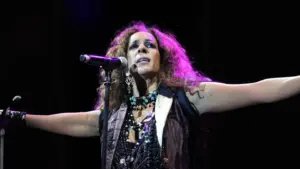



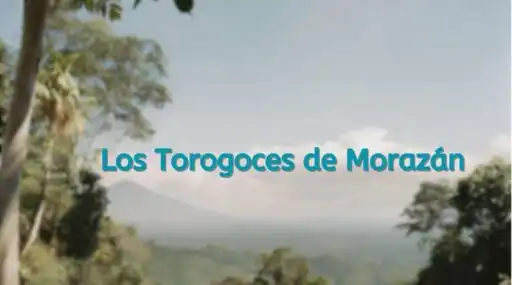
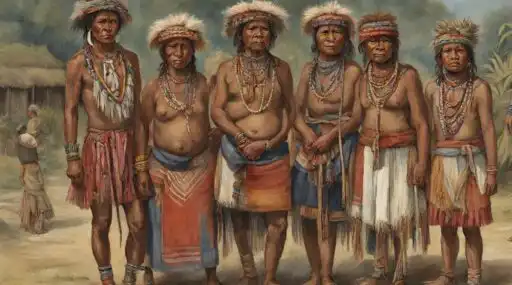

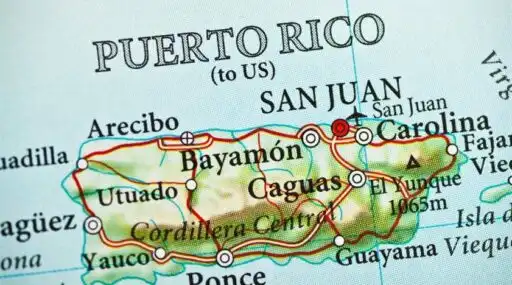
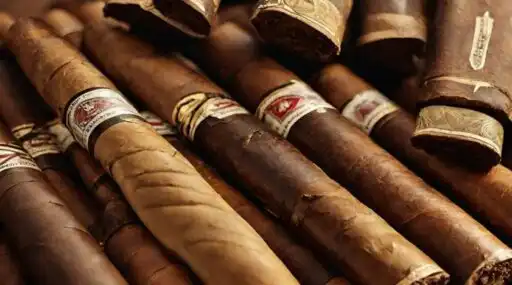
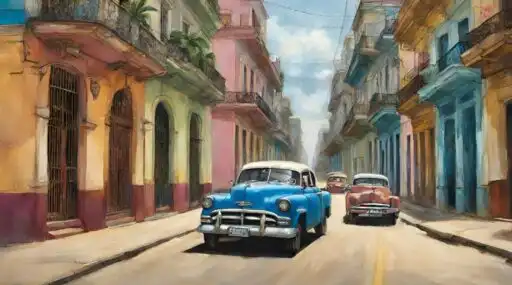

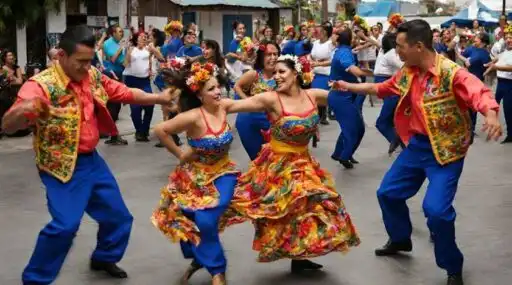
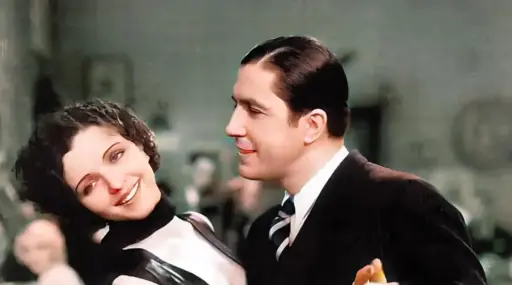

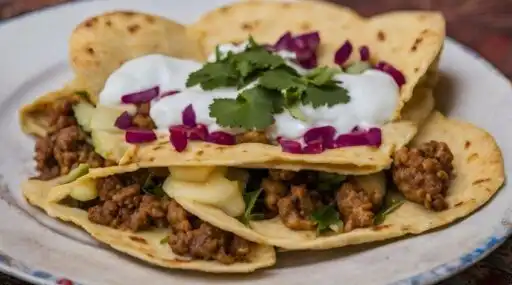
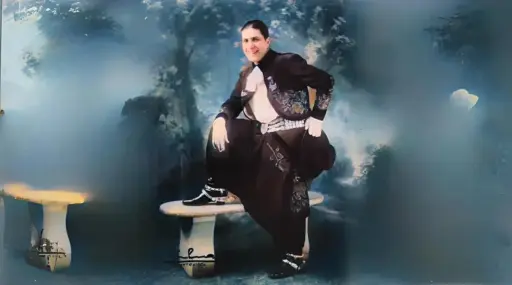



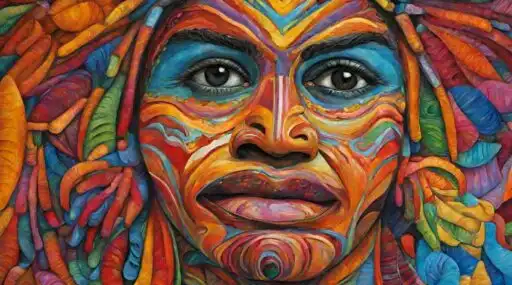

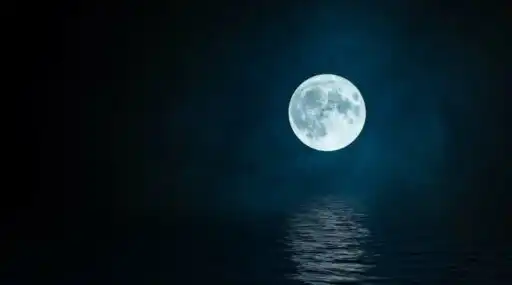



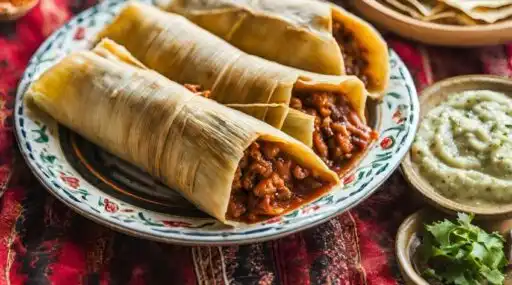
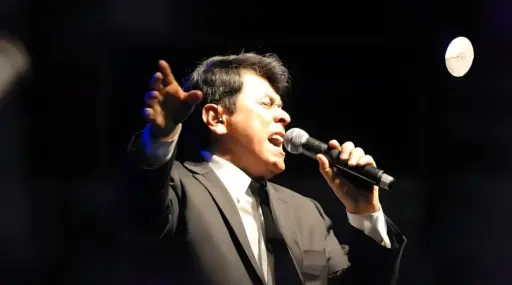


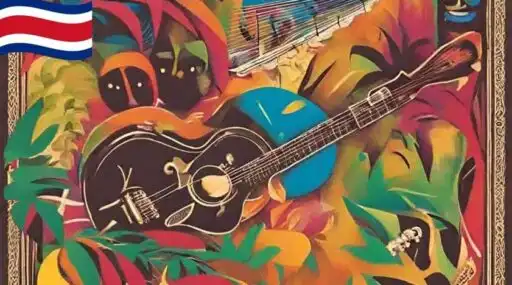
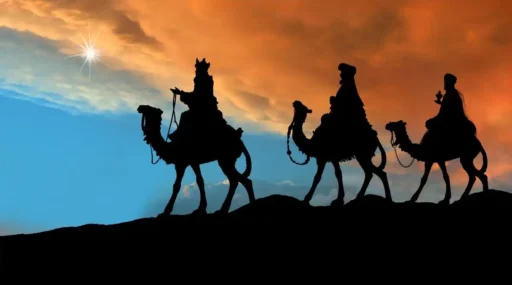
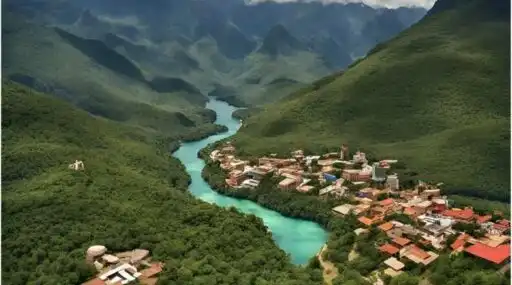


Leave a Reply